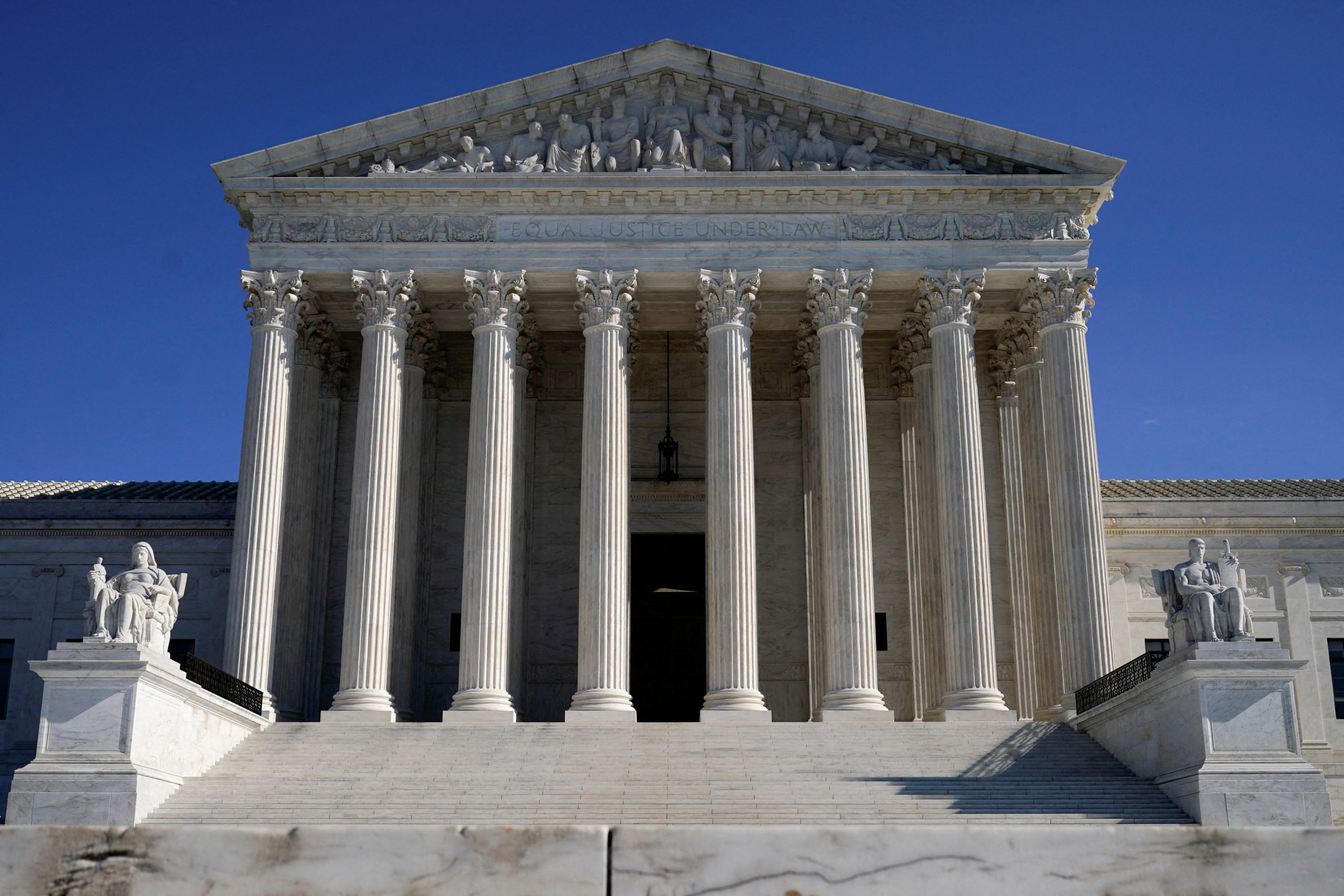
[elfsight_social_share_buttons id=”1″]
The U.S. Supreme Court on Monday let North Carolina and Pennsylvania use electoral maps approved by state courts to replace ones deemed to have given Republicans unfair advantages, improving Democratic chances of retaining control of the U.S. House of Representatives in November.
The justices denied Republican requests to put on hold lower court rulings that adopted court-drawn boundaries for North Carolina’s 14 House districts and Pennsylvania’s 17 House districts to replace electoral maps devised by Republican-controlled legislatures in the two states.
Republicans are seeking to regain control of the House, narrowly controlled by President Joe Biden’s fellow Democrats, in the Nov. 8 midterm elections. Party primaries in Pennsylvania and North Carolina are set for May 17.
The court has a 6-3 conservative majority. Conservative Justices Samuel Alito, Clarence Thomas and Neil Gorsuch dissented from the action concerning North Carolina.
The North Carolina and Pennsylvania disputes are among the numerous court battles nationwide over the composition of electoral districts, which are redrawn each decade to reflect population changes measured in a national census, last taken in 2020.
In most states, such redistricting is done by the party in power, which can lead to map manipulation for partisan gain. The Supreme Court in 2019 barred federal judges from curbing the practice, called partisan gerrymandering.
LEGAL DOCTRINE
The cases touch upon a legal theory called the “independent state legislature doctrine” that is gaining traction in conservative legal circles and, if accepted, would vastly increase the power of politicians over elections. Under that doctrine, the U.S. Constitution gives legislatures, not state courts or other entities, authority over election rules including the drawing of electoral districts.
The North Carolina Republican lawmakers challenging the court-drawn map placed the theory front and center, writing in a court filing: “The North Carolina courts have usurped [the legislature’s] constitutional authority.”
Alito said the justices should have blocked the court-drawn map.
“This case presents an exceptionally important and recurring question of constitutional law, namely, the extent of a state court’s authority to reject rules adopted by a state legislature for use in conducting federal elections,” Alito wrote.
The doctrine is based in part on language in the Constitution stating that the “times, places and manner” of federal elections “shall be prescribed in each State by the Legislature thereof.”
Conservative Justice Brett Kavanaugh indicated sympathy toward the views of the dissenters but said it was too close to the election to block the maps. But Kavanaugh added that the court should take up the underlying legal issue in due course.
The opinions by Kavanaugh and Alito indicated that the court has the four votes needed to take up the doctrine and issue a ruling potentially limiting state court authority to review federal election rules set by state legislatures ahead of the 2024 U.S. presidential election.
It remains unclear if a majority of the justices would embrace such a ruling.
The North Carolina Supreme Court, acting after Democratic voters and an environmental group challenged the Republican-drawn map, struck it down, concluding it was intentionally biased against Democrats, diluting their “fundamental right to equal voting power.”
A lower state court then rejected a redrawn map submitted by the legislature, instead adopting a new map drawn by a bipartisan group of experts. According to some redistricting analysts, the court-approved map includes seven districts likely to favor Republicans, six likely to favor Democrats and one competitive seat.
In Pennsylvania, Democratic Governor Tom Wolf vetoed a map approved by the legislature, saying the configuration of House districts gave Republicans an unfair advantage.
The Pennsylvania Supreme Court, acting on a lawsuit filed by Democratic voters, approved a new map that eliminated one Republican-leaning district approved by the legislature and, Republicans have argued, created a statewide map advantageous to Democrats.
